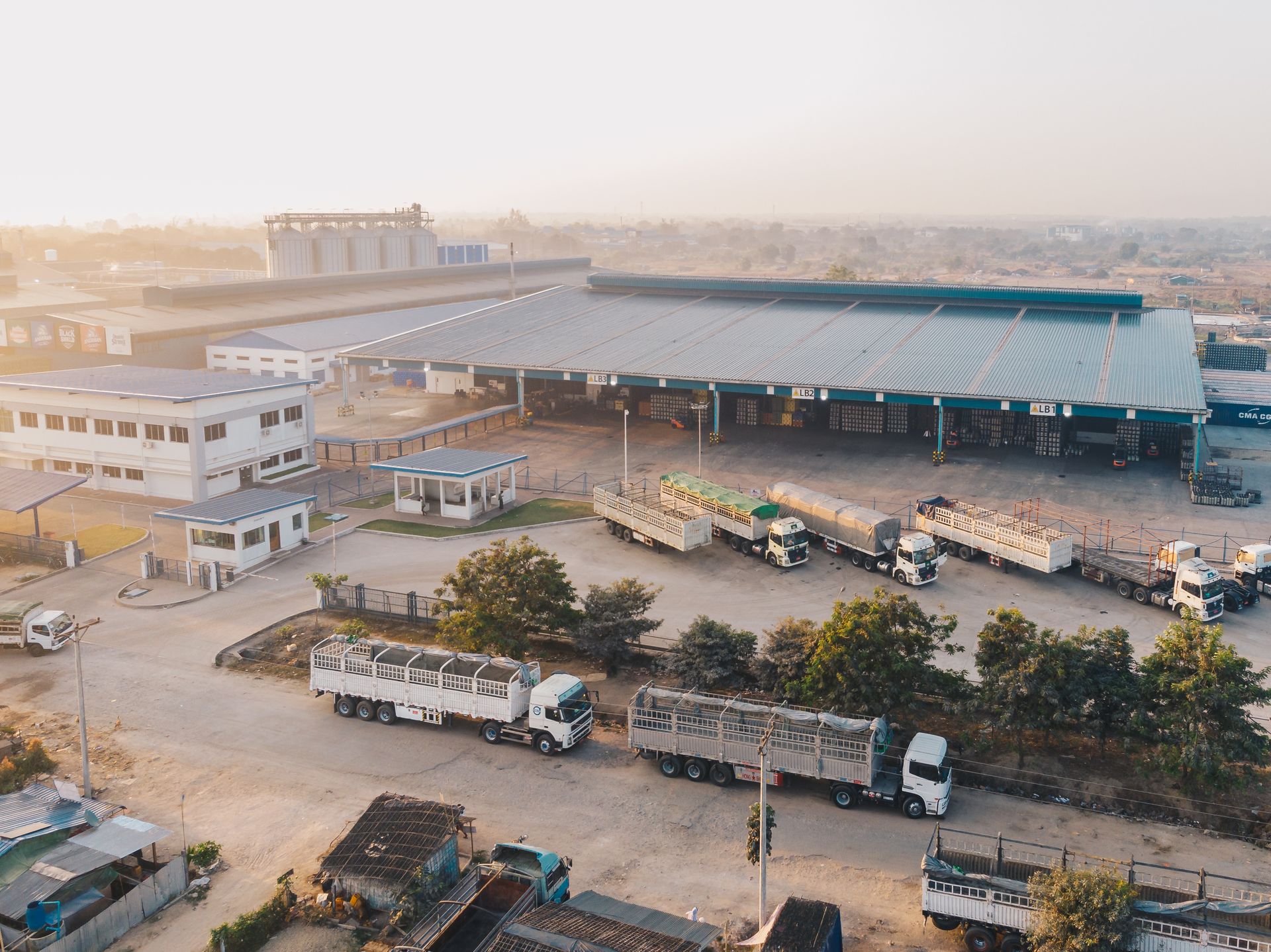In the early hours of June 12, 2025, the bustling city of Changsha in southern China hummed with the rhythms of diplomacy. Ministers, trade envoys, and business leaders from across Africa gathered under one roof for a meeting whose echoes may shape the next decade of African development. What emerged from that room was more than a policy; it was the opening line of a new chapter in Africa-China relations.

China announced it would scrap tariffs on imports from 53 African countries, embracing not just the poorest nations but middle-income economies too. From the citrus groves of Egypt to Tanzania’s cashew plantations and South Africa’s wine country, the door to the world’s second-largest economy was thrown wide open.
A Market Once Distant, Now Closer Than Ever
For decades, Africa has exported mostly raw materials to China: copper, oil, and timber. Processed goods, textiles, and agribusiness products often found themselves priced out by stiff tariffs and limited market access. Small farmers in Ghana or textile cooperatives in Kenya could only dream of Chinese supermarket shelves or online storefronts.
This decision changes that.
For the first time, a Tanzanian spice grower or a Rwandan coffee cooperative can envision their products reaching Chinese households without the financial barrier of import duties. It is a moment rich with promise, but also one demanding careful strategy.

What Might Follow: A Forecast in Three Acts
Act I: The Surge
In the short term, African exporters will scramble to seize this opportunity. Expect an uptick in agro-products: avocados from Kenya, cocoa from Côte d'Ivoire, and tea from Malawi. Cities like Dar es Salaam, Mombasa, and Lagos will see their ports and customs stations busier than ever.
Act II: The Race
By year three, the real challenge surfaces. Not every country has the infrastructure or market knowledge to compete. Middle-income nations like Egypt and Morocco may outpace LDCs unless capacity-building programs succeed. The risk is clear: without investment in standards, logistics, and marketing, smaller players could be drowned out by their better-prepared neighbors.
Act III: Transformation or Trap?
By 2030, two futures diverge.
In one, African nations use this trade access to accelerate industrialization. They process more at home: packaging, branding, and adding value, creating jobs and diversifying economies.
In the other, Africa remains a supplier of raw goods, vulnerable to price swings and external dependency. The dream of a modernized, self-directed African economy would falter if this window is wasted.
More Than Trade, A Geopolitical Signal
This is not just about commerce. China’s move signals its ambition to consolidate influence in Africa, especially as Western policies falter. By giving African nations a trade incentive no other global power currently offers, China is rewriting the rules of engagement in the Global South.
For Africa, this isn’t a simple gift. It’s a diplomatic message and an economic test: can the continent capitalize on this moment not just to trade more, but to trade smarter?
A Future That Can Be Written
In many African cities tonight, entrepreneurs, farmers, and policymakers are drafting plans and recalculating possibilities. The promise of shelves in Beijing and Shanghai is no longer a faraway dream. It’s a negotiable reality.
Yet the greatest story isn’t the announcement in Changsha. It will be told in the years ahead in the industrial zones of Lagos, the cooperatives of Kigali, and the ports of Maputo. Whether Africa will rise as a confident economic partner or remain a peripheral supplier lies in the hands of its leaders, traders, and visionaries.
One thing is clear: the story has begun.